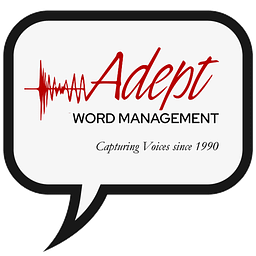Q: I was surprised when autocorrect changed “intermittent” to “intermit.” I checked and, lo and behold, there is a word “intermit.” Does it not strike you as odd that the base-form is less known than its “built-up” version?
A: We don’t use, or recommend using, the autocorrect function in a word processor. Our spell-checkers flag possible misspellings but don’t automatically “fix” them. Word processors have dictionaries, but not common sense—at least not yet!
As for the words you’re asking about, the adjective “intermittent” (irregular or occurring at intervals) is indeed more common than the verb “intermit” (to suspend or stop). In fact, the verb barely registered when we compared the terms on Google’s Ngram Viewer.
However, “intermittent” isn’t derived from “intermit,” though both ultimately come from different forms of the Latin verb intermittere (to interrupt, leave a gap, suspend, or stop), according to the Oxford English Dictionary. The Latin verb combines inter (between) and mittere (to send, let go, put).
When “intermit” first appeared in English in the mid-16th century, it meant to interrupt someone or something, a sense the OED describes as obsolete.
The modern sense of the verb—“to leave off, give over, discontinue (an action, practice, etc.) for a time; to suspend”—showed up in the late 16th century.
It means “leave off” in the dictionary’s earliest citation for the modern usage: “Occasions of intermitting the writing of letters” (from A Panoplie of Epistles, 1576, by Abraham Fleming, an author, editor, and Anglican clergyman).
As we’ve said, “intermit” isn’t seen much nowadays. English speakers are more likely to use other verbs with similar senses, such as “cease,” “quit,” “stop,” “discontinue,” “interrupt,” or “suspend.”
When the adjective “intermittent” appeared in the early 17th century, Oxford says, it described a medical condition such as a pulse, fever, or cramp “coming at intervals; operating by fits and starts.”
The earliest OED citation is from an English translation of Plutarch’s Ἠθικά (Ethica, Ethics), commonly known by its Latin title Moralia (The Morals), a collection of essays and speeches originally published in Greek around the end of the first century:
“Beating within the arteries here and there disorderly, and now and then like intermittent pulses” (from The Philosophie, Commonly Called, The Morals, 1603, translated by Philemon Holland).
The adjective later took on several other technical senses involving irregular movement, but we’ll skip to its use in everyday English to mean occurring at irregular intervals. The earliest OED citation for this “general use” is expanded here:
“Northfleet a disunited Village of 3 Furlongs, with an intermittent Market on Tuesdays, from Easter till Whitsuntide only” (Britannia, or, An illustration of the Kingdom of England and Dominion of Wales, 1675, by the Scottish geographer John Ogilby).

